Oysters for sale: Fairhaven oyster farmers trade bivalves for cash
FAIRHAVEN — It’s not always the flavor that makes an oyster attractive; appearance also counts, but there’s an alternative to throwing “unsuitable” oysters out.
Local oyster farmers are teaming up with The Nature Conservancy to grow the oyster aquaculture industry in Fairhaven by selling oysters to the global conservation organization to put them back in the water at a restoration site in Little Bay with oversight from the town.
Blue Point Shellfish sells its oysters to raw markets, and with select oysters considered to be unsuitable for market due to their appearance, it’s essentially good for business that they sell their less attractive oysters to The Nature Conservancy, according to grower Dale Leavitt.
“For me, as a business, now I’ve got a market for them,” he said. “For me it’s about selling oysters I would not have been able to sell, so obviously there’s a huge financial benefit for the company."
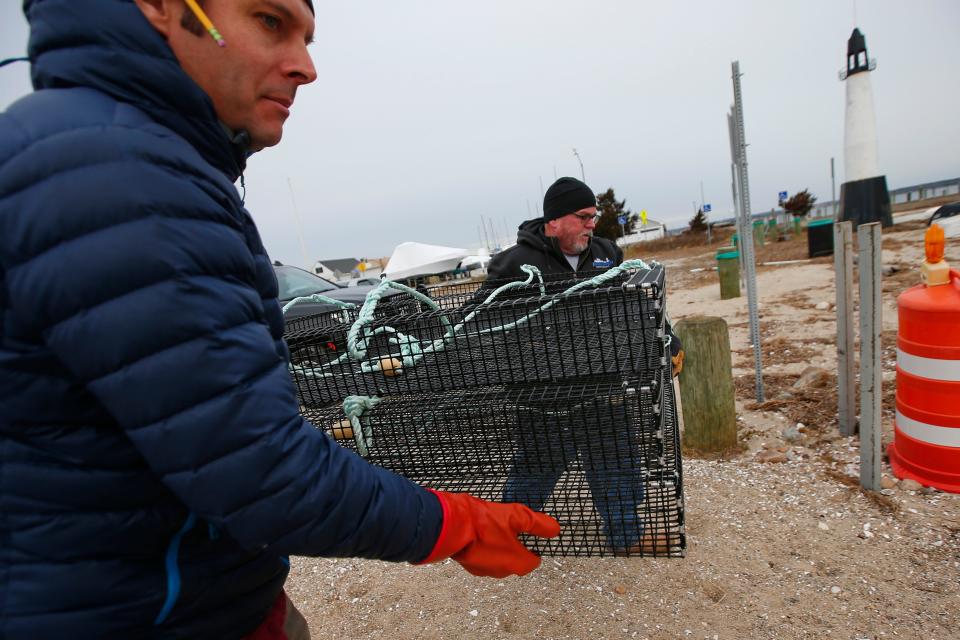
Leavitt said it’s good for oyster farming overall.
“At the same time, we’re doing a lot of good work in terms of our capacity for restoring oysters in areas that have historically had oysters in them because of a suite of different circumstances,” he said. “The oyster populations have dropped off dramatically over the past 50 years.”
He said they think the conditions in Nasketucket Bay are such that it’s now appropriate to try to restore oysters in the bay.
Fairhaven's approval is key
The state Division of Marine Fisheries historically transfers most of the state’s shellfish management to the individual coastal towns in Massachusetts.
Harbormaster and Shellfish Warden Timothy Cox said the oyster population that has exploded north of the causeway, into Jack’s Cove and down into Little Bay has been unbelievable.
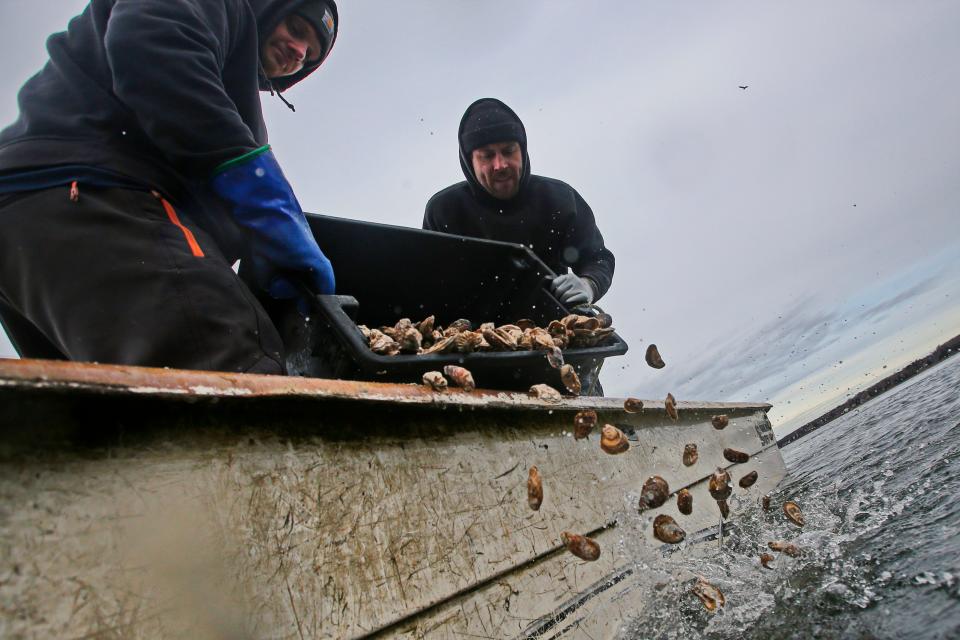
He said the idea of keeping the area closed for the long-term was questioned initially, but the benefits are not in question, and town officials appreciate what the Nature Conservancy has been doing for the town of Fairhaven.
“Where the shellfish population is depleting in other areas, it’s thriving here,” he said.
The Nature Conservancy Coastal Program Director Steve Kirk has been working on the restoration project in Little Bay. He has been with The Nature Conservancy for nine years and was previously an oyster farmer in Falmouth.
The purchase of the oysters by growers in the area was made possible due to The Nature Conservancy and Pew Charitable Trust’s Supporting Oyster Aquaculture and Restoration (SOAR) program.
“The reason we were able to do the work that we did today was because of new funding that allowed us to buy the oysters,” Kirk said.
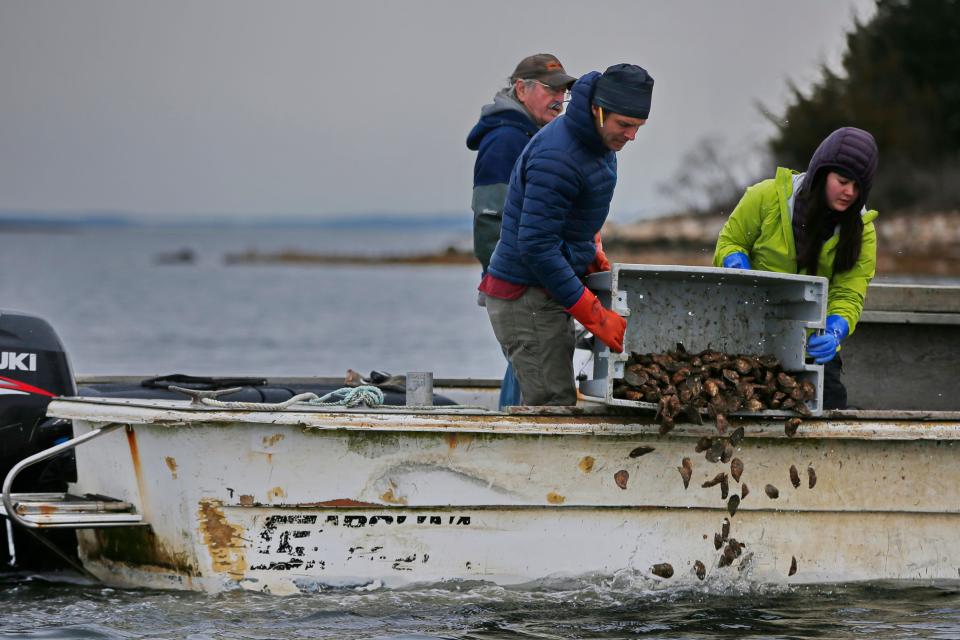
Last week, The Nature Conservancy and shellfish growers planted approximately 16,000 oysters at a shellfish restoration site. Kirk said they were putting the oysters back in the water so they could do their good work of filtering and hopefully reproducing and growing the oyster population in the area.
Departing from Hoppy’s Landing at the causeway at West Island, the oyster farmers drove two motorboats out to the restoration site and marked the corners of the site that has been permitted.
“We really just set those corner markers out as a reference point, so we knew we were within the boundary of the restoration site when we were deploying the oysters,” Kirk said.
On the way out, Kirk and Amanda Cutler, SOAR Oceans Program Fellow for The Nature Conservancy program who works with Kirk supporting shellfish restoration, were counting oysters to be able to compare the oysters planted previously to the oysters that were planted Thursday morning.
“There’s a pretty extensive monitoring program that we have involved with this project to basically see how successful the project is going, so we were deploying oysters today, but we have also planted oysters in that site previously,” he said.
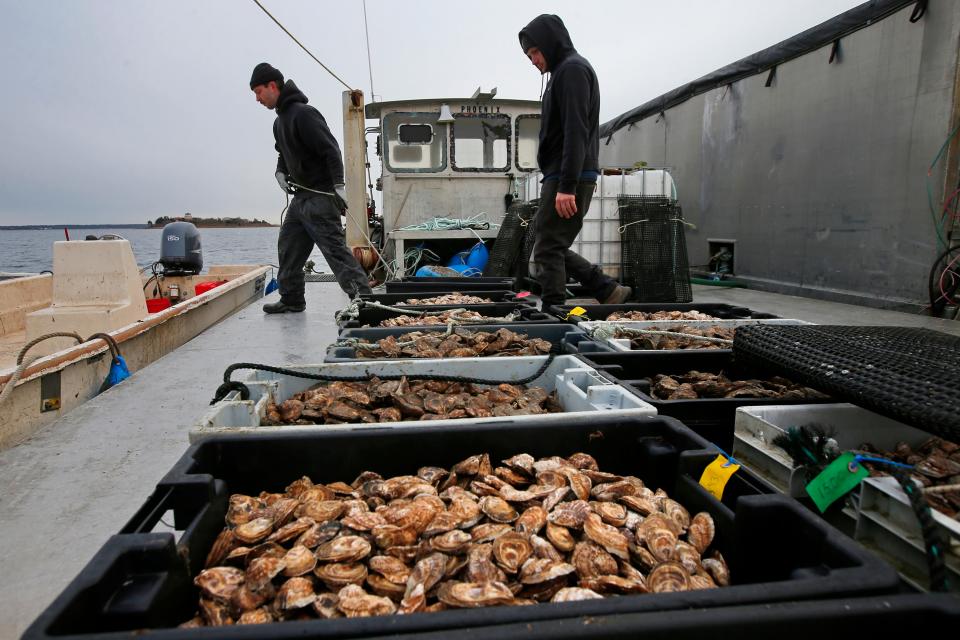
The oysters were replanted by lowering them to about 6 to 8 feet at the bottom of the bay.
“Once the oysters go over the side and they rest on the bottom, it would be hard to distinguish between the oysters that we planted today versus previously, and we want to be able to distinguish that,” he said.
How does oyster restoration work?
Kirk said they want to be able to tell how the oysters are doing in terms of their size and their survivability in the next round of monitoring.
“We set out these open trays with oysters that we planted today so that when we come back to do monitoring in about a year, we’ll be able to have a pretty good idea of whether the oysters that we planted today are surviving, are growing, and we’ll be able to tell that in comparison to the oysters that are outside of the trays, which is helpful for our monitoring program,” Kirk said.
Kirk said it’s not a new program because oyster restoration projects have been ongoing for close to a decade but established projects like this one take additional management and monitoring.
The oysters are from two oyster farms in Fairhaven, both of which are participating in the second round of the SOAR program.
The program buys excess or too-large-for-market oysters from growers and uses them to restore natural oyster reef sites for the benefit of the estuary ecosystem and the marine life and coastal communities that depend on it. In addition to meeting growing culinary demand for oysters, there are many ecological benefits as well.
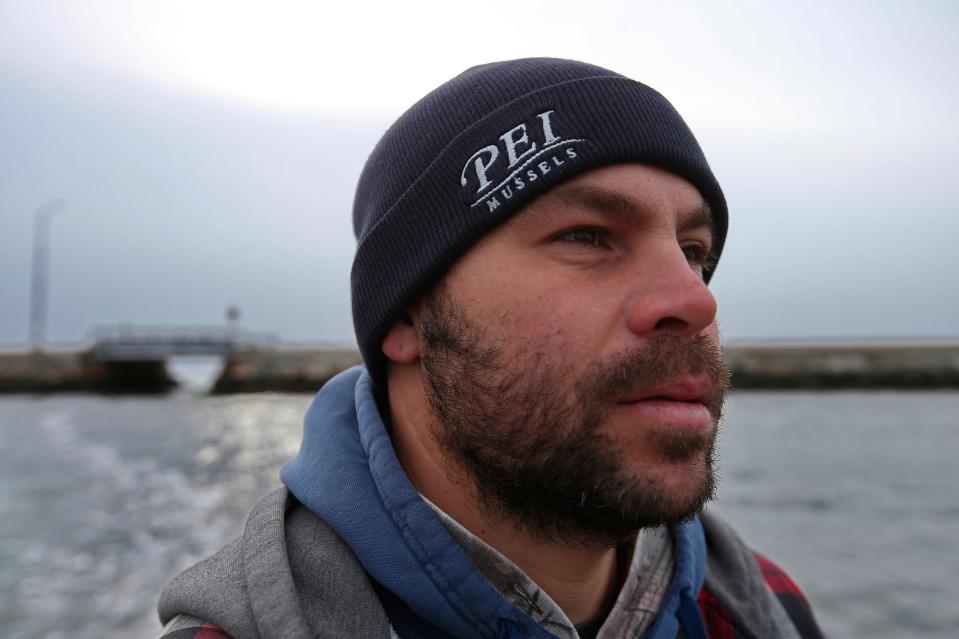
More about the SOAR program
In 2020, the SOAR program got underway as a strategy to benefit coastal ecosystems and support farmers whose market had totally evaporated due to the Covid-19 pandemic, according to a press release from The Nature Conservancy.
The Nature Conservancy worked with eight oyster farms to move more than 460,000 oysters to three restoration sites in Fairhaven, Bourne, and Martha’s Vineyard’s Edgartown Great Pond.
In late 2023, SOAR received another round of funding, including support from The National Fish and Wildlife Foundation. The Nature Conservancy partnered with some of the same growers and a few new ones to buy oysters to build on the work in Fairhaven and Edgartown.
It is part of a national effort to expand oyster reefs locally and nationally. To date, SOAR has purchased more than 3.5 million oysters from 125 shellfish farms, supporting more than 450 jobs in seven states.
Oysters can filter up to 50 gallons of water each day, removing excess nutrients and other pollutants. Farms and restoration projects alike can be promising tools in improving water quality.
Additional benefits come in the form of providing habitat for marine life and in some cases acting as buffers against the effects of climate change like sea level rise and flooding from storms.
A goal of the project is to support the ocean farming community because of the benefits their farms provide, while restoring native habitat.
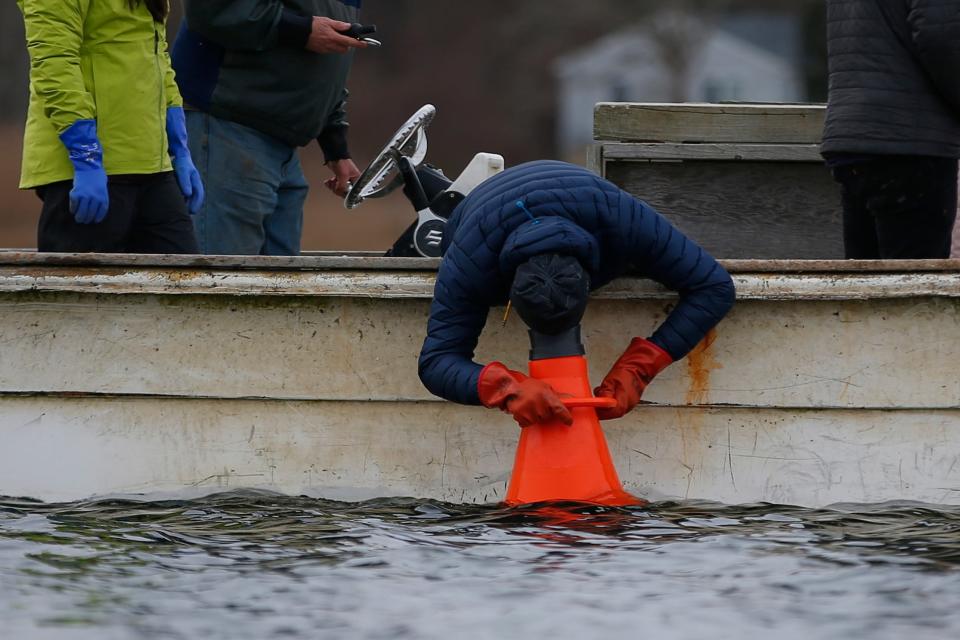
Leavitt’s experience aids efforts
Leavitt and his two business partners own Blue Stream Aquaculture with trout farms in West Barnstable and New Hampshire in addition to their ownership of a large fish production facility in Turners Falls that produces around 25,000 pounds of life fish a week all over the country and into Canada.
An aquaculture extension agent on Cape Cod for the Cape Cod Cooperative Extension and former Sea Grant Marine Extension leader at the Woods Hole Oceanographic Institution, Leavitt has been working with different towns for about 30 years.
Originally the plan was to start an oyster farm in Mattapoisett after he retired from the faculty of Roger Williams University where he had established a similar aquaculture program, but ultimately they purchased a farm with land rights for sale in Fairhaven in August 2020 because they also needed a land base for operations.
Leavitt said Fairhaven has been very easy to work with and that that town officials are appreciative of the opportunity to work collaboratively toward a shared goal supporting aquaculture.
Standard-Times staff writer Kathryn Gallerani can be reached at kgallerani@gannett.com. Follow her on Twitter: @kgallreporter. Support local journalism by purchasing a digital or print subscription to The Standard-Times today.
This article originally appeared on Standard-Times: Nature Conservancy teams with Fairhaven to benefit oyster growers

